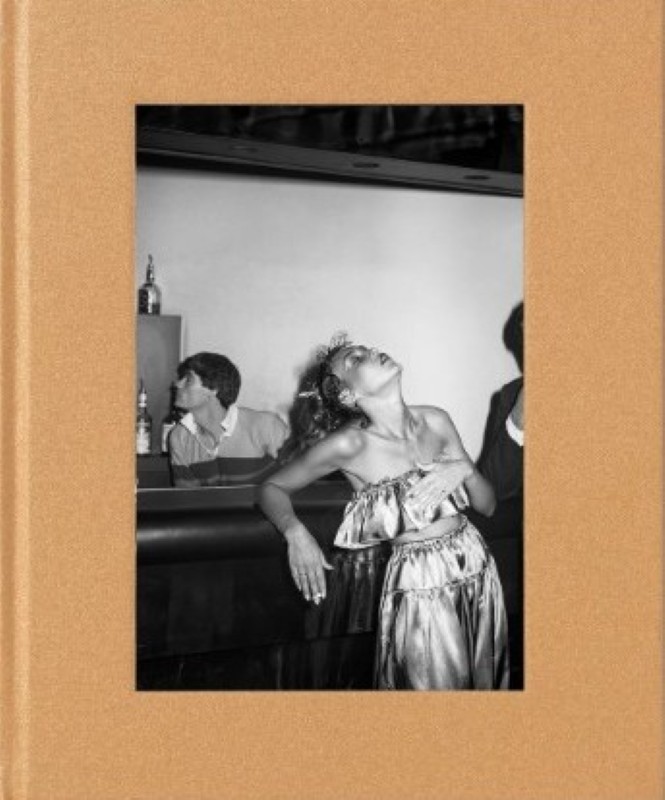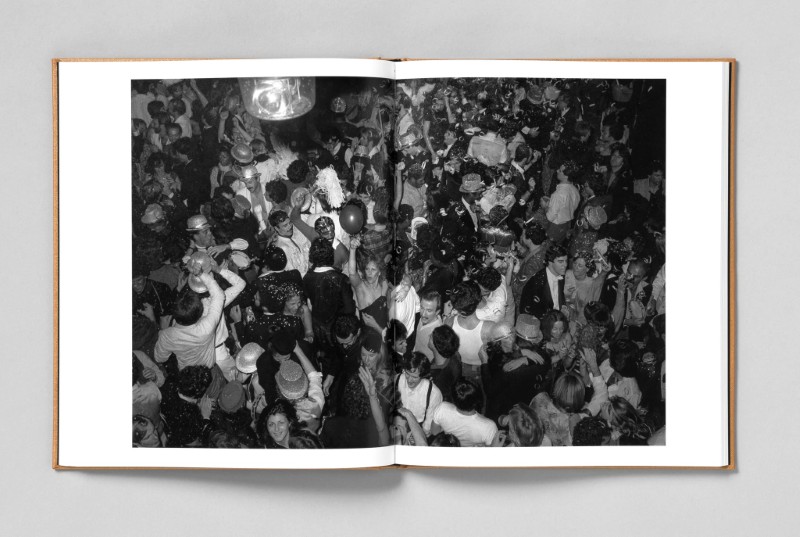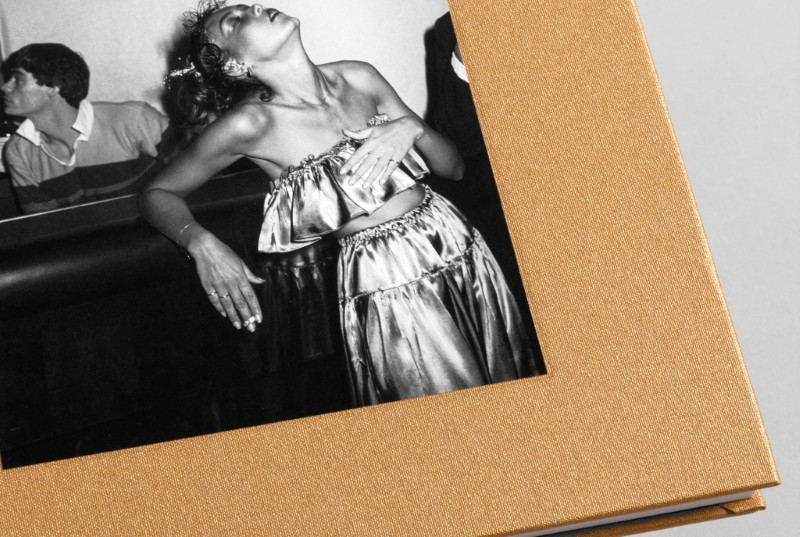Alors que les photographes étaient communs, la plupart n’étaient là que pour chercher les riches et célèbres, les images de Papageorge transcendent l’évident, transformant le scintillement en quelque chose d’apparenté à la poésie.
While photographers were common, most were there to simply search out only the rich and famous, Papageorge’s images transcend the obvious, transforming the glitter into something akin to poetry.
Cette nouvelle édition limitée de Studio 54 en or célèbre ses 10 ans depuis sa première publication par STANLEY/BARKER en 2014.
This new limited gold edition of Studio 54 celebrates 10 years since it’s first publication by STANLEY/BARKER in 2014.
« Les 66 photographies de ce livre ont été prises entre 1978 et 1980 au Studio 54, une discothèque new-yorkaise qui, à travers ces années, était le lieu où il fallait être et être vu, comme le prouvent les célébrités, les fêtards, et les fous de danse qui la remplissaient chaque soir. Sans surprise, compte tenu de sa réputation (qui s’est rapidement transformée en notoriété au cours d’une existence courte de 33 mois), il était difficile d’y entrer : les portiers imperturbables qui distribuaient l’accès comme s’ils contrôlaient le passage dans un royaume fabuleux ont fait en sorte que ce soit le cas. Seuls les célébrités ou les gens socialement connectés pouvaient supposer qu’ils se trouveraient pris dans le troupeau de célébrants pleins d’espoir qui frôlaient la rue et traversaient la porte; sinon, la chose la plus susceptible de nous aider était la beauté. Une fois à l’intérieur, cependant, tout le monde semblait ravi du fait, peu importe comment ils avaient réussi, que la musique battante et les intérieurs brillamment conçus, qui, lors d’une soirée, pouvaient suggérer quelque chose de la grotte de Caliban à un harem. »
“The 66 photographs in this book were made between 1978–80 in Studio 54, a New York discothèque that, through those years, was the place to be and be seen, as the celebrities, partygoers, and those crazy for dancing who filled it every night were happy to prove. Unsurprisingly, given its reputation (which quickly flamed into notoriety during a short, 33-month existence), it was difficult to get into: the imperturbable doormen who doled out access as if they were controlling passage into a fabulous kingdom made sure that it would be. Only the famous or socially connected could assume they’d find themselves shooed around the flock of hopeful celebrants milling on the street side of the velvet rope and guided through the door; otherwise, the thing most likely to help was to be beautiful. Once inside, though, everyone there seemed thrilled by the fact, no matter how they’d managed it, an excitement fed by the throbbing music and brilliantly designed interiors, which, on a party night, could suggest anything from Caliban’s cave to a harem.”
















